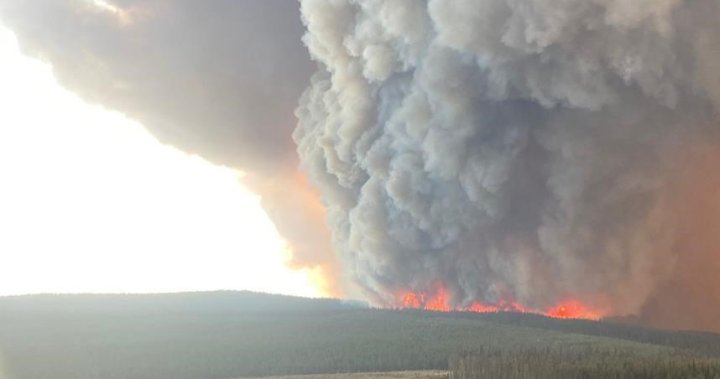A new study suggests Canadian forests are increasingly primed for severe wildfires, underlining the pressing need to proactively mitigate the increased threat posed by climate change.
The study by Canadian researchers, published in the journal Science, looked at fire severity from 1981 to 2020.
Co-author Xianli Wang, a scientist with the Canadian Forest Service, says there were on average an additional two days conducive to high-severity fires in 2000 to 2020, compared to the previous two decades.
While two days may not sound like much, last summer’s devastating wildfire in Jasper, Alta., grew to about 60 square kilometres in a matter of hours.

The study suggests the major environmental driver of fire severity was dry fuel, such as twigs and leaves, while the effect of hot, dry and windy weather conditions was more pronounced in northern regions.
The greatest increase in burn severity days was recorded in an area covering northern Quebec and an area covering Northwest Territories, northwest Alberta and northeast British Columbia.

— More to come…
© 2025 The Canadian Press





